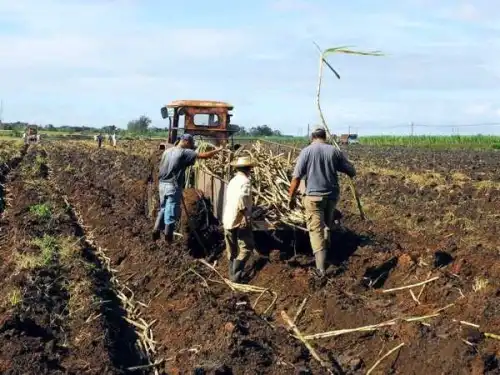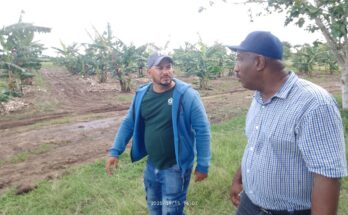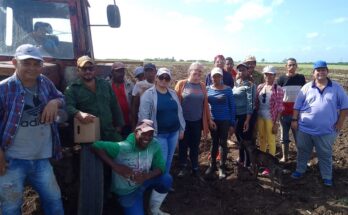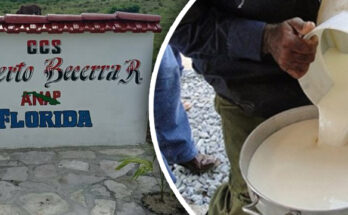A few hours ago, the delegates of the Municipal Assembly of People’s Power, gathered in ordinary session in Florida, analyzed the current sugar harvest, and what was said there, with greater or lesser certainty, left a bad taste in their mouths and multiple questions for a territory with a vast culture of life, economy and work in the sugarcane sector.
Believe me, the numbers exposed are enough to make more than one person wonder, if we take into account the weight of sugarcane agriculture in a municipality where there are two sugar mills, 17 productive units and establishments dedicated to the promotion of sugarcane, almost the same number of rural communities linked to this sphere and thousands of workers and families dependent on the income and results of this agro-industry.
A dispute that at the end of April only reports a 20 percent harvest of the raw material to be milled this year, whatever the cause, means a devastating blow to the finances of the cooperatives, and jeopardizes the continuity of any recovery program in the short term.
Rain and humidity, almost always the main enemies of the sugar harvest, cleared their chests in the current campaign and left the way open throughout the period for mechanized cutting.
On this occasion, in the face of the country’s limitations, the blame, the damned blame for the present disaster in the Floridian harvest, seems to be far from the territory and goes to the mills of the Carlos Manuel de Céspedes power plant; it collides with the lack of parts, fuel and lubricants; it is paralyzed by the transport disabilities and dies at the feet of the difficulties imposed by the imperialist economic blockade.
But all that has been said so far is part of the biopsy of a patient that lasts, worries and impacts quite a lot on the local socio-economic life; the answers to the following questions are the most important now:
How much is already being done to maintain the vitality of the sugarcane entities and stability in the settlements of that type? Who, or who should prioritize the political-ideological work to explain to the people at the productive base the importance of not giving up and continuing the battle to move forward? How are the alternatives of resilience and sustainability being promoted and supervised there? What will be the strategy to amortize bank credits in view of the lack of liquidity of the agro-sugar debtors?
Reports are just that: reports; their data alert, alarm, indicate trends; but the bull of sugarcane production and attention to the sugar harvest in Florida must, more than ever, be taken by the horns, taken away from the path of boning and led with good sense towards the path of salvation, hope and the conviction that we can move forward and win.





